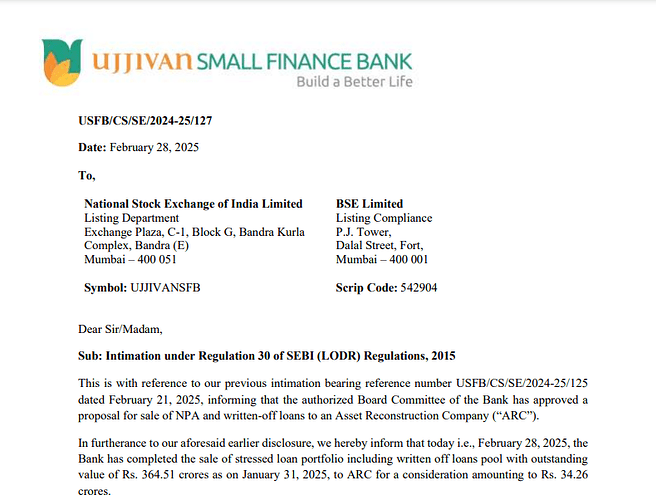Yes, Sarthak, the sector has not played out as anticipated. The cycles seem to have compressed ever since the listing of the MFI sector, I do not know whether this is because of market players in the shadows who see the sector as an easy target whenever the valuations rise. The RBI, and media have had a field day with this sector with a constant stream of comments and articles against it. This is not to play the victim card, the industry is vulnerable and in any modern economic system, one’s weakness will be exploited.
I am unsure about the future of the industry, as to how it will look going forward, and whether or not we will have elongated periods of normal functioning like we used to pre-COVID and DEMON. This cycle was soured by PE-funded smaller MFIs that were looking to grow aggressively. While they have learnt their lesson and the new regulations will only make the industry stronger, such irresponsible new competition can come up anytime if the regulations are ever relaxed.
There are too many unknown unknowns to forecast, even though the future of the industry seems to be moving towards secured with the JLG model acting as a funnel for larger secured loans, this does open/continue the possibility of evergreening. Even with such micro-secured collateral, in a real crisis, the recoverability timeline and amount, en masse of such assets is yet unknown.
That being said, valuations are subjective for now, during times of fear, even sub-book valuations can be justified and vice versa. For the sector to consistently achieve and maintain 2+x PB they would have to reduce the volatility in earnings/ROA. Whether going secured will help them with that remains to be seen.
At the current juncture, selling out and moving on to alternate opportunities will be a subjective call, dependent on each investor’s thought process. Difficult to say right now, who would be right or wrong in the future.

